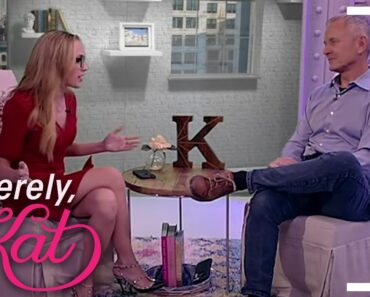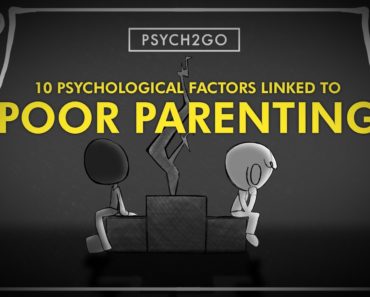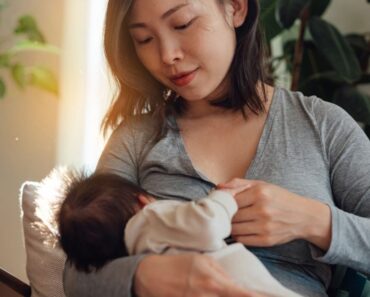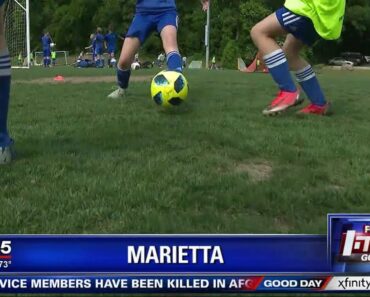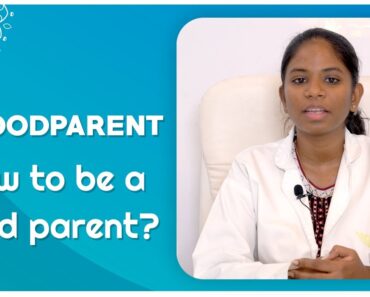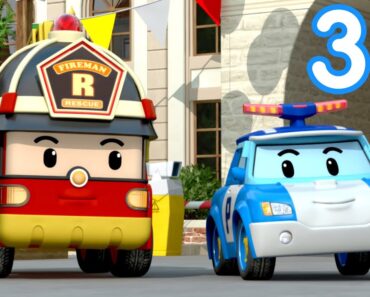It happened to me, and there’s a good chance it’ll happen to you, too. Here’s what to do (and what NOT to do) when COVID-19 hits your kid’s school.
“Dear parents, I’m writing to inform you that a student at our school has a confirmed case of COVID-19.”
I’m paraphrasing, but that’s basically how Wednesday’s email from my son’s principal began. Yikes. And yet, we’d known it was only a matter of time. While COVID infection rates in our Toronto neighbourhood have been comparatively low throughout the pandemic, we’ve got 700 kids from junior kindergarten to grade 8 at our school, plus a daycare. That’s a lot of teachers, staff, parents, kids and siblings—the “bubble,” so to speak, is big. And as we all know, the positive test results are piling up again.
The email, which arrived exactly one week into school for us, didn’t offer many details, which caused concern and incited panic in many caught-off-guard parents.
But providing very few details is actually how it’s supposed to be, for health privacy reasons. Much like the COVID alert app, there are few specifics. The principal let us know there was a confirmed positive case at the school, that the student had attended school for just one day the week before, that he or she has been absent since that time, and that Toronto Public Health is working on it. She could not tell us which kid, which family, which grade or which classroom cohort is affected. The email simply said that the classrooms and spaces impacted are being cleaned, and that the school would keep us posted with more information as the contact tracing and public health investigation is completed.
While some parents went straight to Facebook or their group text threads with alarm, I did my best to assume that no news—or very little news—was good news. The entire school would not be shuttered without notice. And even if the kids in my son’s cohort were being sent home immediately (they weren’t!), I’m pretty sure I’d be notified via phone ASAP, and not just see it on a Facebook group. I mean, he’s in grade 1—they’re not gonna put my five-year-old on the curb and tell him to walk himself home.
A few hours later, the principal followed up with an email from Toronto Public Health, notifying us that the positive case was not in our kid’s cohort—phew. We didn’t need to do anything differently beyond what the entire school community is already supposed to be doing: wearing masks, washing hands, completing the daily screenings, keeping the kids in their cohorts, restricting our social contacts and remembering to physically distance and leave quickly at drop-off and pick-up, instead of the usual parent chit-chat while lingering in the schoolyard. It’s a please-be-patient-and-try-not-to-freak-out situation.
But parents, of course, are going to speculate—and this is happening mostly online, now that we can’t mingle in the schoolyard. Parents, naturally, want to know which class of which grade has been sent home. They want to know if it’s an asymptomatic or symptomatic case. They want to know which rotary teachers, if any, might have had close contact with the exposed kids. They want to know if siblings of the kids in the exposed cohort are staying home, too.
For the kids in the same cohort (or classroom) as the positive case, isolating at home for 14 days is the next step, even if they get tested and it’s negative. Parents are also going to need to be patient as they await the remote learning plan for the kids sent home for two weeks. (Don’t forget: Their teacher has to get tested and self-isolate, too, and then mobilize online learning for his or her students.)
Word on the street is that Toronto Public Health doesn’t have siblings of the kids in the cohort with a positive case self-isolating, but as always, parents should follow the advice of their local public health authority. Guidelines and specific protocols may change in different situations. (These are the guidelines for Toronto.)
For now, the administrators and the school council are asking for patience and for a sense of calm to prevail. No rumours or gossip, just empathy. If you need to know more, you will be notified. Don’t overwhelm the office with phone calls. Fill out the health screening forms every day. Keep your kids home if they’re at all under the weather. Don’t create any stigma around who’s sick, who’s well, who’s been absent, or who’s getting tested. Make a casserole or deliver groceries for the affected families, if you know them. But don’t fuel the rumour mill. Trust the systems that are in place.
This is hard, of course, if you’ve long since lost faith in your school board or in your education ministry. It’s also totally disorienting to wrap your head around this new reality after we’ve spent the past six or seven months being terrified of coming into contact with anyone with COVID-19, taking every precaution we can. Now we’re sending our kids—armed with masks and lanyards and fanny packs full of teeny-tiny hand sanitizer bottles—back into a building where we know there was a documented case?!
But this very situation is why schools made cohorts and worked hard to limit—as well as they could—the number of students and teachers each kid comes into contact with. This is why advocating for smaller class sizes mattered (and still matters) so much. It’s why our kids can’t mix classes when playing outside at recess, or eat all together in a cafeteria.
We can’t predict exactly what the next few weeks and months will look like, and that’s stressful. We’re going to see more positive cases; we’re going to deal with 14-day quarantines; we’re going to face school closures. Our job right now, though, is to sit tight, keep masking and distancing, keep washing our hands, and to listen to public health. It’s an overused phrase, but it really is time to “keep calm and carry on” instead of the alternative: “Panic and freak out.”
